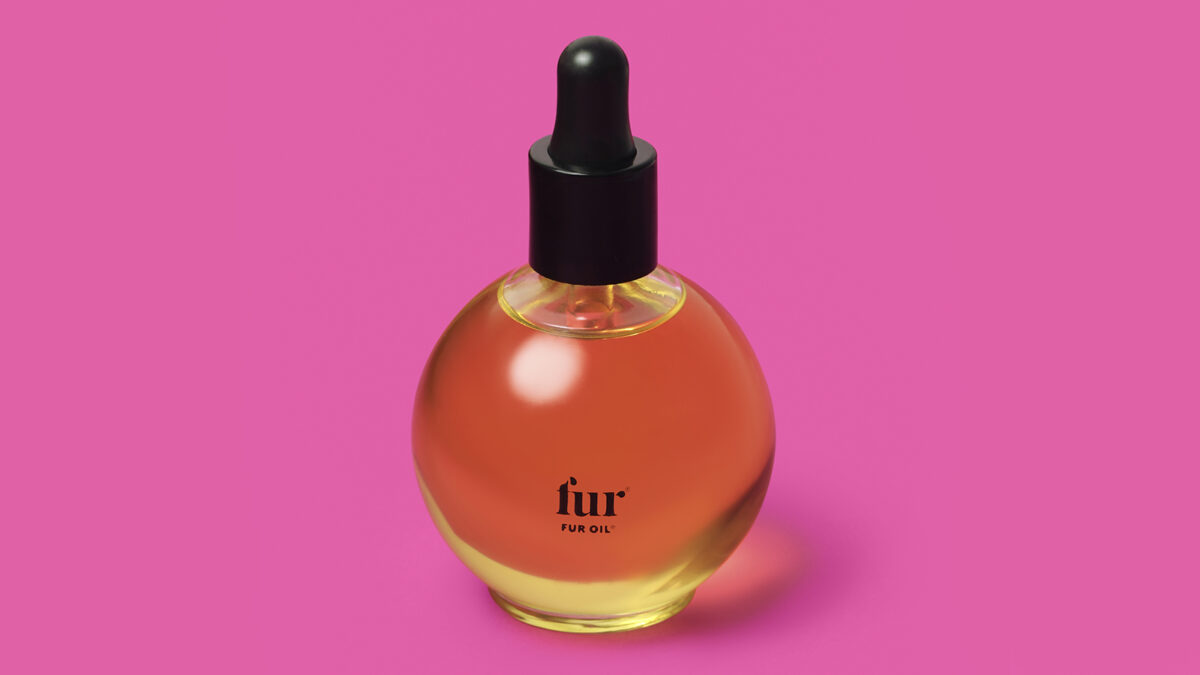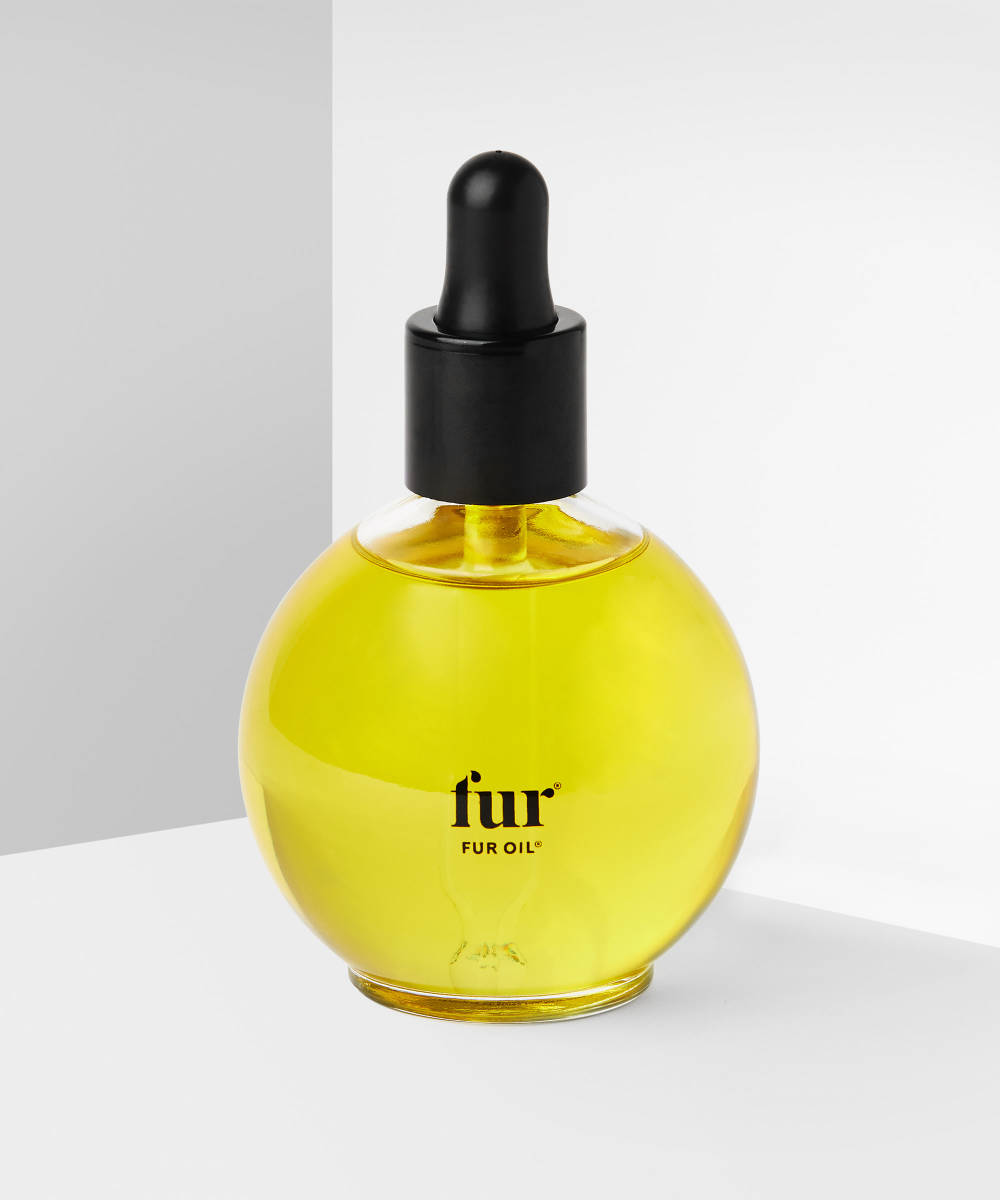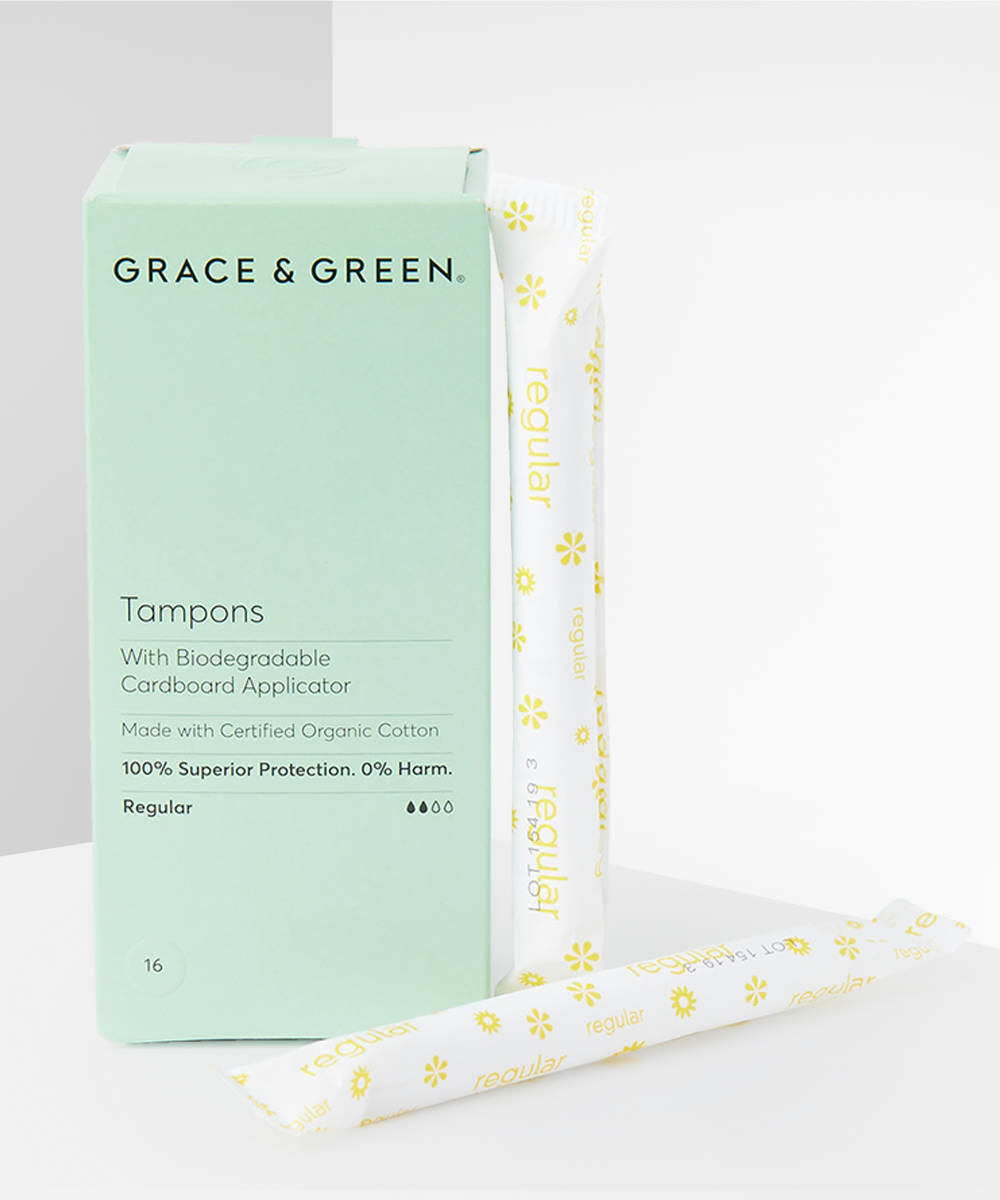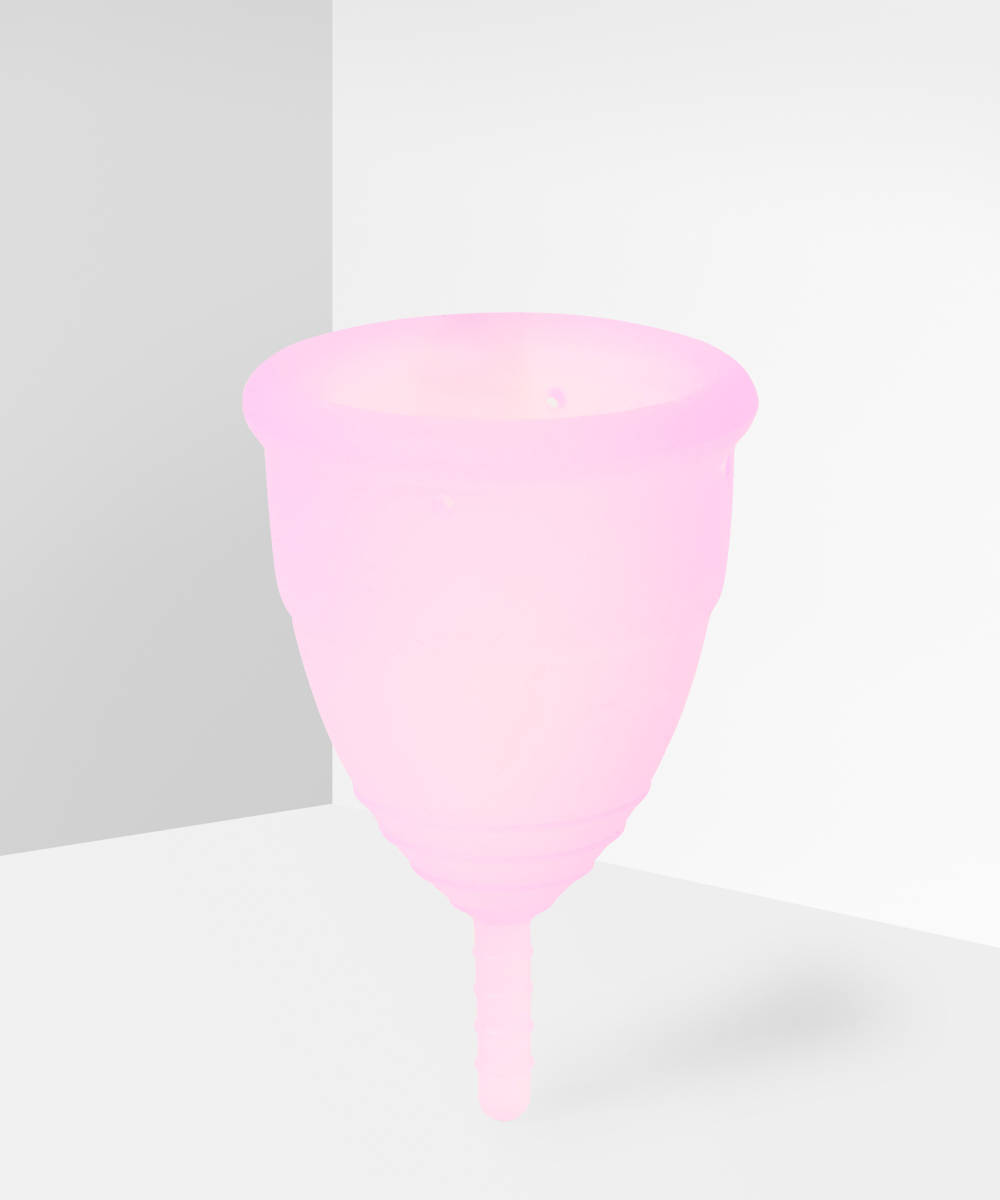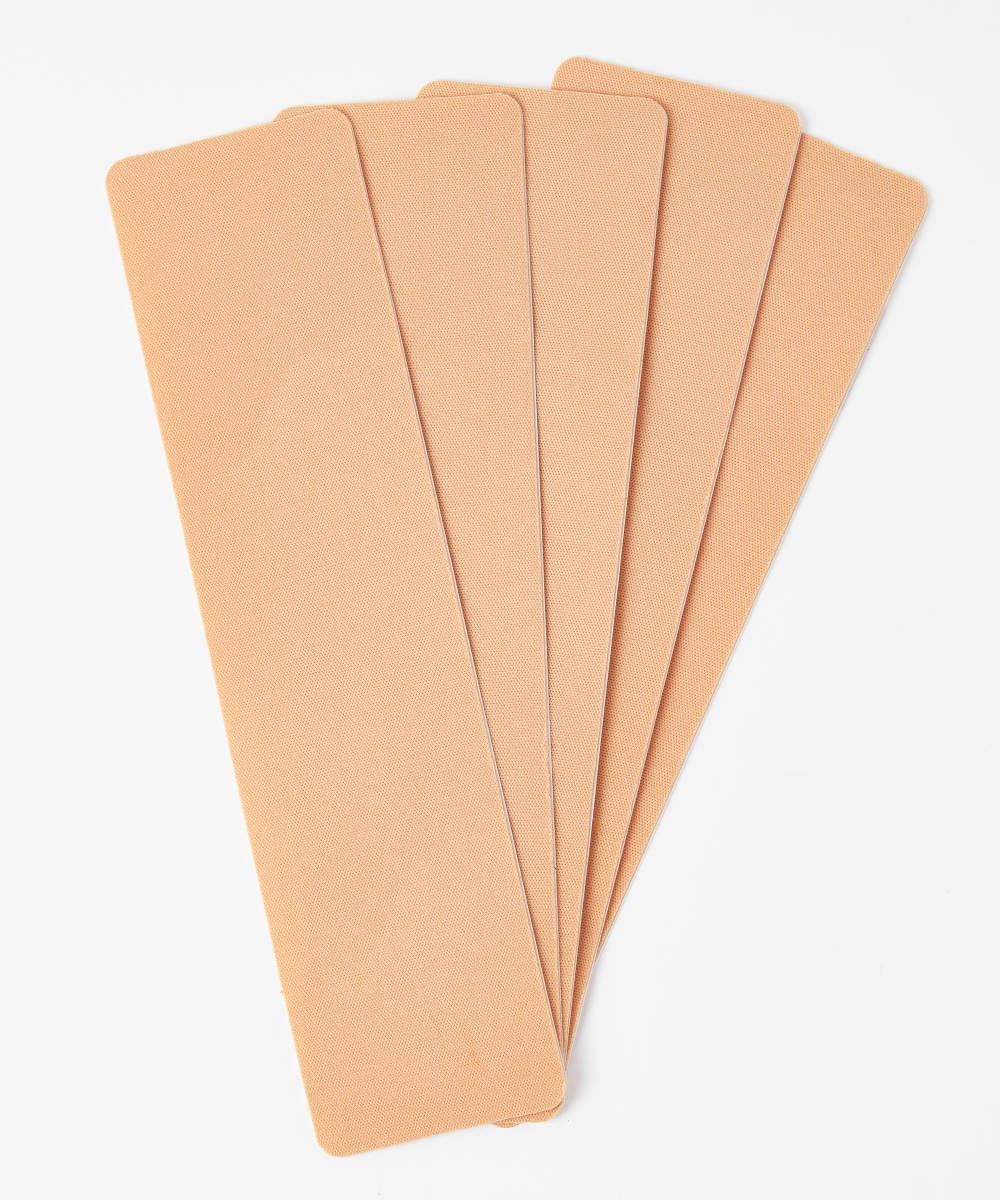It’s time to get personal and discuss all things intimate care. No matter your gender, we all need to make sure that we’re taking care of down there. Whether you’re a shaver or prefer it au natural, you’re a menstrual cup advocate, or tampons are more your kind of thing, we’ve got all the answers to the questions that you’ve been dying to ask.
How can I get rid of spiky hairs?
Whether it’s the stubble on your face, legs, or pubic area, chances are it’s initially going to grow back stiff and spiky. Specially designed for anywhere where the hair meets the skin, the Fur Oil is your answer to soft skin and hairs. Packed full with grape seed, jojoba, clary sage, and tea tree oils, this ultra-softening oil is even safe for use on the pubic area.
How can I prevent ingrown hairs?
If you’re a shaver but you often end up with ingrown hairs, it can often be difficult to know how to treat them. The answer: preparation is key. Ingrown hairs occur when a shaved or tweezed hair grows back into the skin, which can result in tiny bumps or red spots. So, you should always start by using a sharp, fresh, clean razor, shave in the direction that the hairs are growing, and always use a shaving gel or cream. If you’re still experiencing ingrown hairs, invest in the Fur Ingrown Concentrate. This natural oil teams up with an exfoliating mitt to get rid of dead skin cells that might be trapping the hairs.
What’s the difference between an applicator and non-applicator tampon?
With this one, the clue is in the name. Applicator tampons usually come with a push-operated applicator to help you insert the tampon into the vagina. With non-applicator versions, you use your finger instead to insert the tampon. Whichever you go for, make sure you’re using Grace & Green – they’re made from organic cotton, are biodegradable, as well as being vegan and cruelty-free.
How do I use a menstrual cup?
If you’re looking to reduce your period waste, then a menstrual cup is one of the quickest and easiest changes you can make. But not quite sure on how they work? We’ve got you covered – check out our article about all the things you need to know about using a menstrual cup here.
How can I help relieve period pain?
As if having your period wasn’t already bad enough, the cramps can make it seem ten times worse. But we’re going to let you in on a little secret… the BeYou Period Patches are a complete game-changer. The discreet patches attach to your lower abdomen and alleviate period pain for up to 12 hours – once you’ve tried them, you’ll never look back.
Is it normal to get cramps during ovulation?
On the same vein, you might have noticed that you sometimes experience cramps when you’re not on your period. If you usually experience them about halfway between your last and next period, the likelihood is that they’re ovulation cramps. Ovulation pain (also known as mittelschmerz) is completely normal and can range from a dull ache to a sharp and sudden twinge and can last for seconds or up to a day. Either reach for traditional paracetamol or go back to our reliable BeYou Period Patches.
